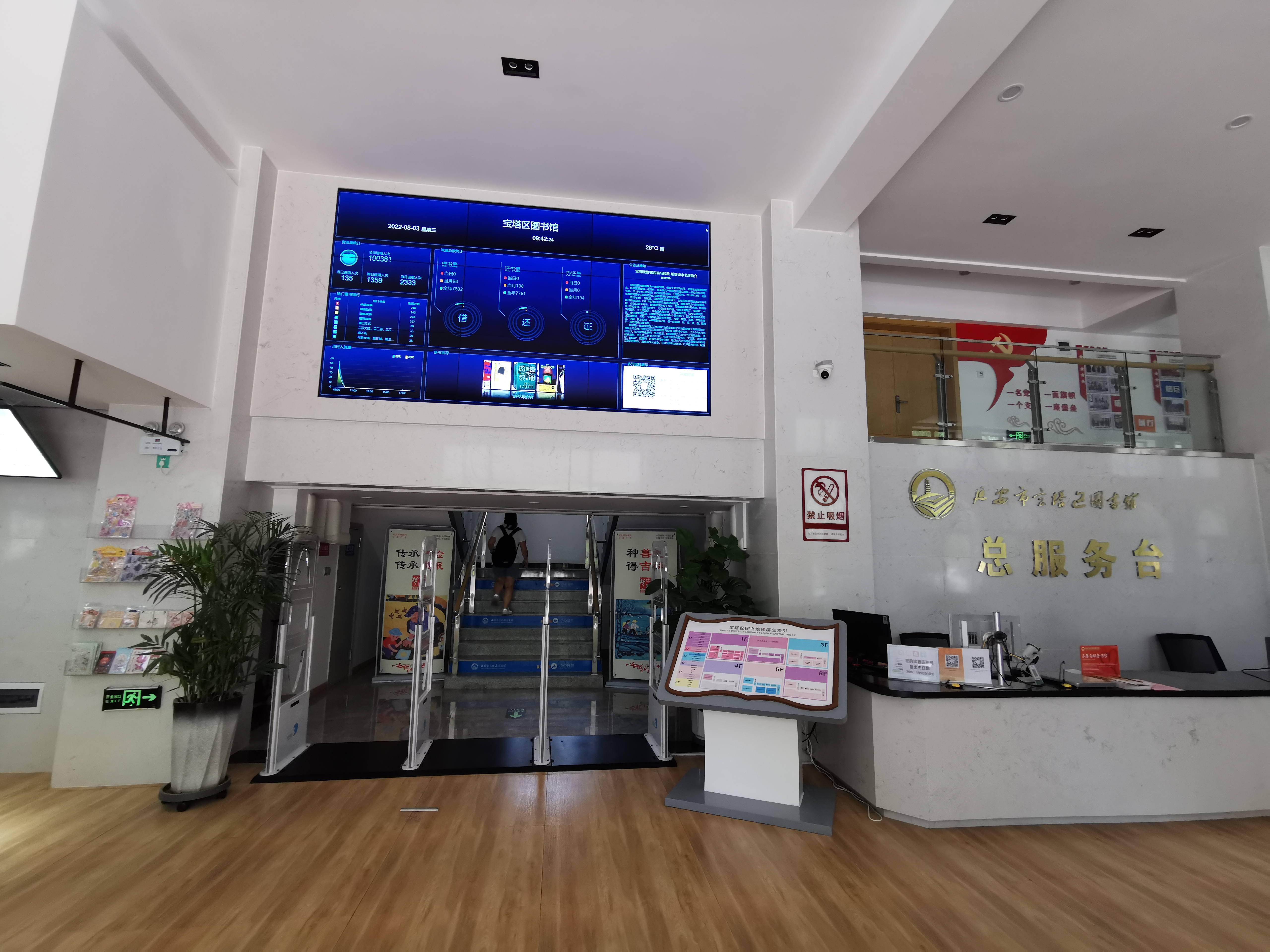1. The Internet of Things platform is a service platform based on the management model of data warehousing, which is managed and presented through massive data storage, cleaning and analysis, and according to the data extracted by the library.
2. The platform requires less than 16 sub-module functions: curator cockpit, equipment monitoring, service point management, big data, management, RFID tag management, collection center, bookshelf management, credit return, statistics and analysis, space management, robot management, system management, general data exchange services, etc.
3. Curator's Cockpit: Provides key data presentation of the whole library, provides librarians with key events, adopts a variety of presentation methods such as discounted charts and histograms, intuitively presents, and provides visual data support for library management. Included theme modules, theme modules are pre-set, and display the required display modules through free configuration.Decision makers choose their own display modules according to their focus, so that they can provide a basis for decision-making and improve management efficiency through visual data presentation.
4. Equipment monitoring: Provide the monitoring status of all devices, divided into two modes of statistics, which can be used for device area mode statistics or device type statistics to provide self-service device status monitoring, including a summary display of all device status and individual device status details display, as well as the detailed status of the hardware, network, etc. of the remote device.
5 Facility Management: Compatible and supervise third-party equipment for group management and classification management, and provide detailed fault diaries.
6, service point management can show the organizational relationship, the use of graphic presentation, concise and clear, through different service points can directly jump to the corresponding regional equipment, so that the library's Facility Management ownership is more clear, managers can accurately know, the equipment situation and the amount of use in each regional location, so that according to the business volume of each service point, make the corresponding decision.
7. Provide big data display (library big data): data sources are diverse, support their own equipment access and third-party service data, provide standard access interfaces, data display is presented by module, each module can be freely edited and changed, individual module data, content, style, layout can be flexibly customized in the background.
8. Traffic counting management: supports passenger flow statistics of various devices, supports access to safety gates, gates, cameras and other related collection equipment, and provides a standard interface for third-party passenger flow data access. Data presentation methods are diverse: histograms, discount charts, and other expressions are used to support historical data query and export, providing accurate historical passenger flow data.
8.1 Pedestrian flow statistics: Provide a display of pedestrian flow statistics, including the total number of people entering the library, the number of people entering the library in the year, the number of people entering the library in the current month, the number of people entering the library yesterday, and the number of people entering and leaving the library at various times of the day. It can be presented by the library as a whole, each branch, each group, and collection equipment. Variety of presentation methods (polylines, pie charts, or other diagrams).
9, RFID tag management: RFID tag management: provide library conventional tag management, including: book tag management, layer, shelf tag management, reader card tag management, tag processing piece management, recording and presentation, tag registration time, UID/TID data block /EPC and other physical and written content of RFID tags, tags corresponding to the workload statistics.
10. Bookshelf management: Provide library physical bookshelf virtualization, data management, support bookshelf digital production, maintenance, map second point data, and book location-based services that provide 3D navigation.
11. 3D navigation diagram: The navigation diagram display content includes: floor map, path connection from the entrance to the bookshelf where the book is located, bookshelf schematic diagram of the bookshelf layer where the book is located, and shelf name information.
